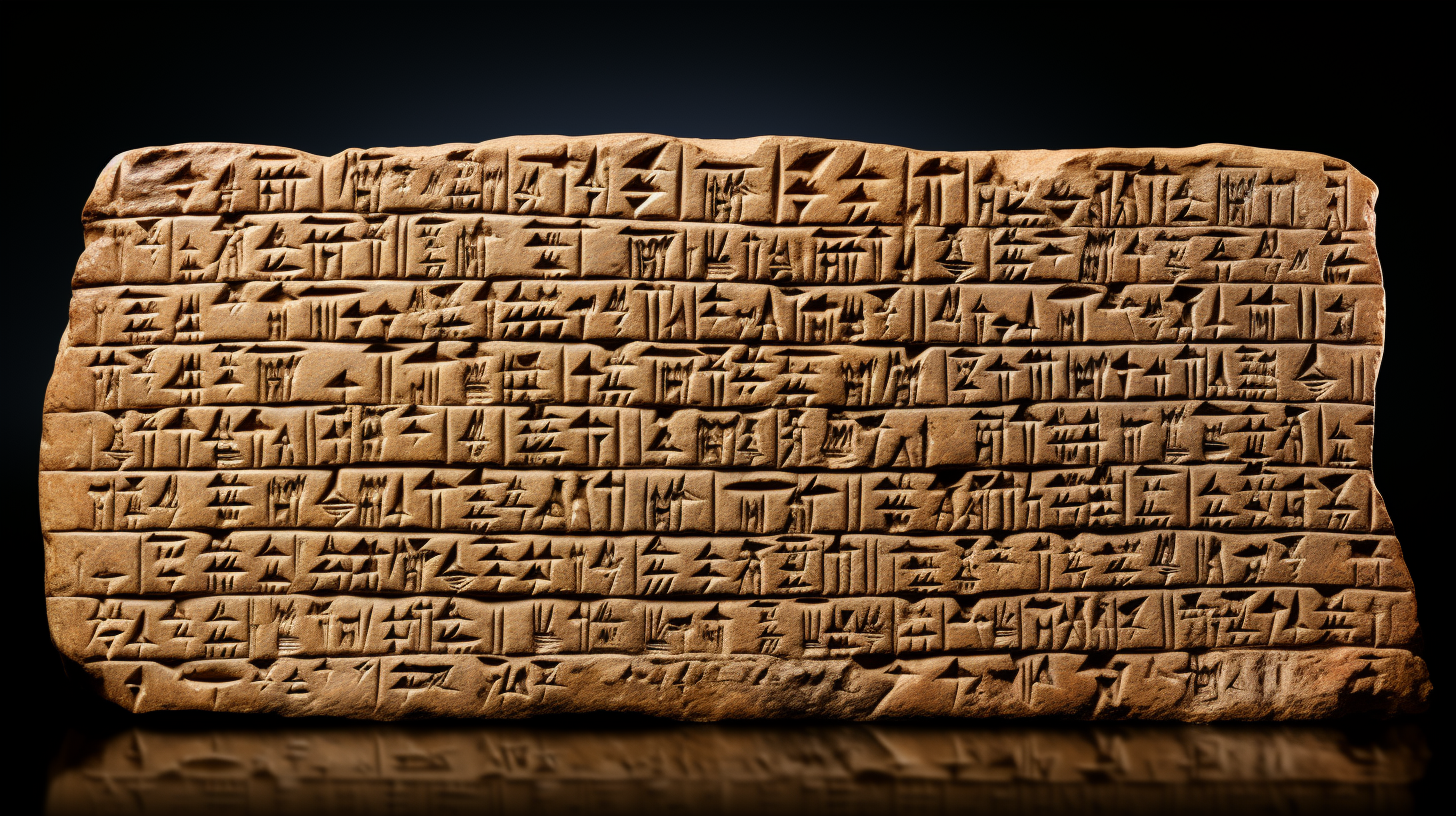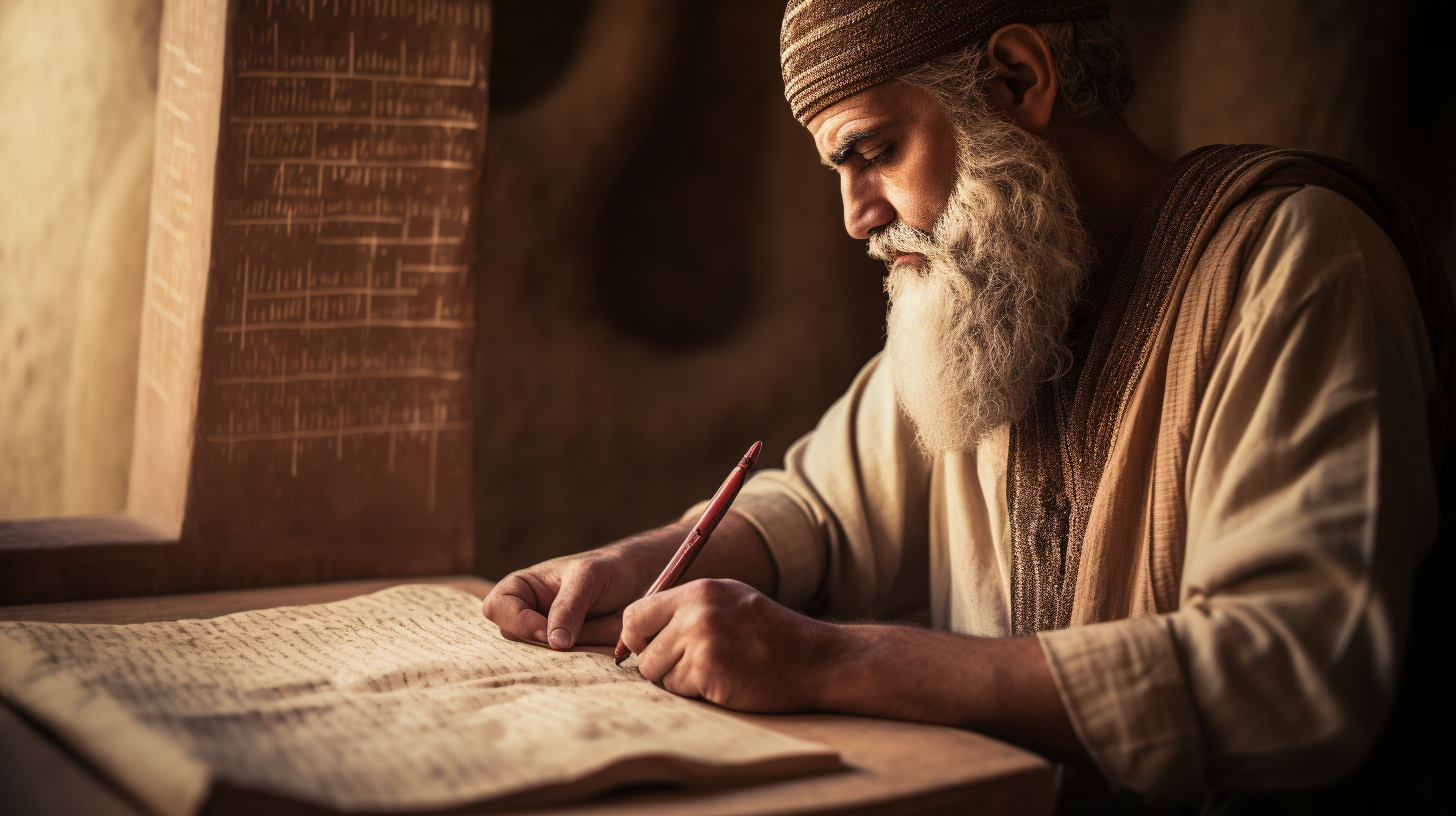In today’s fast-paced world, we often take for granted the way we measure time and angles. Have you ever wondered how we came to have 60 seconds in a minute and 360 degrees in a circle? The answer lies in the ancient Babylonians, who introduced a numerical system based on 60 rather than the familiar base-10 system we use today.
The Babylonians, who lived in Mesopotamia around 2000 BCE, were renowned for their mathematical prowess and keen astronomical observations. One of their most enduring contributions to human civilization was the development of a sexagesimal system, which is a base-60 numeral system. Unlike the base-10 system we use today, where numbers are counted in increments of ten, the Babylonians counted in increments of 60.

This unique system had a profound influence on various aspects of our lives, including the way we measure time and angles.
Measuring Time: Before the Babylonians introduced their base-60 system, various civilizations had different ways of measuring time. However, the Babylonians’ system made calculations much more manageable. They divided an hour into 60 minutes and a minute into 60 seconds. This division is why we continue to use 60 seconds in a minute today. The Babylonian system was so effective that it eventually spread to other cultures and became the standard for measuring time worldwide.
Measuring Angles: The Babylonians’ base-60 system also played a crucial role in the measurement of angles. They divided a circle into 360 degrees, a number that is a multiple of 60. This division allowed for precise calculations when working with angles, and it is the reason we still use 360 degrees in a circle today. This system’s efficiency and accuracy made it a fundamental part of geometry and trigonometry, fields that continue to be essential in various scientific and engineering disciplines.

The Influence of Base-60: While the Babylonians’ base-60 system might seem unconventional by today’s standards, its influence has endured for millennia. Our modern-day timekeeping, navigation, and mathematics all owe a debt to the Babylonians’ innovative numerical system. It’s a testament to their mathematical ingenuity that their system remains an integral part of our daily lives, even in the 21st century.
In Conclusion: The way we measure time and angles may seem like second nature, but it has a fascinating history rooted in the ancient civilization of the Babylonians. Their adoption of a base-60 numerical system led to the development of the 60-second minute and the 360-degree circle, both of which continue to shape our world today. So, the next time you check the time or use angles in your daily life, take a moment to appreciate the enduring legacy of the Babylonians and their innovative approach to mathematics.

15 thoughts on “The Fascinating Origins of Our Time Measurement System”
Comments are closed.